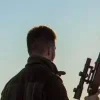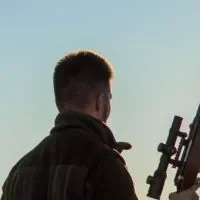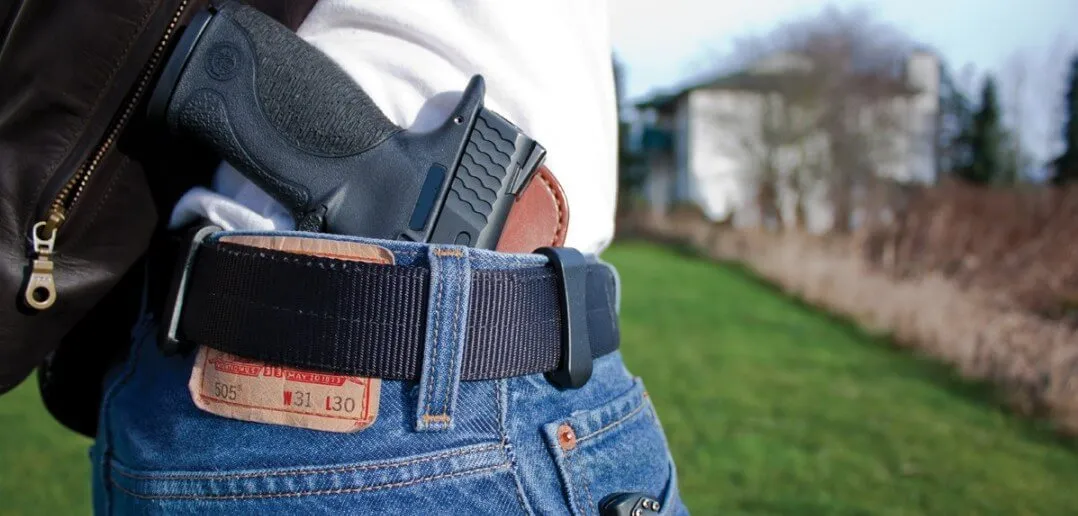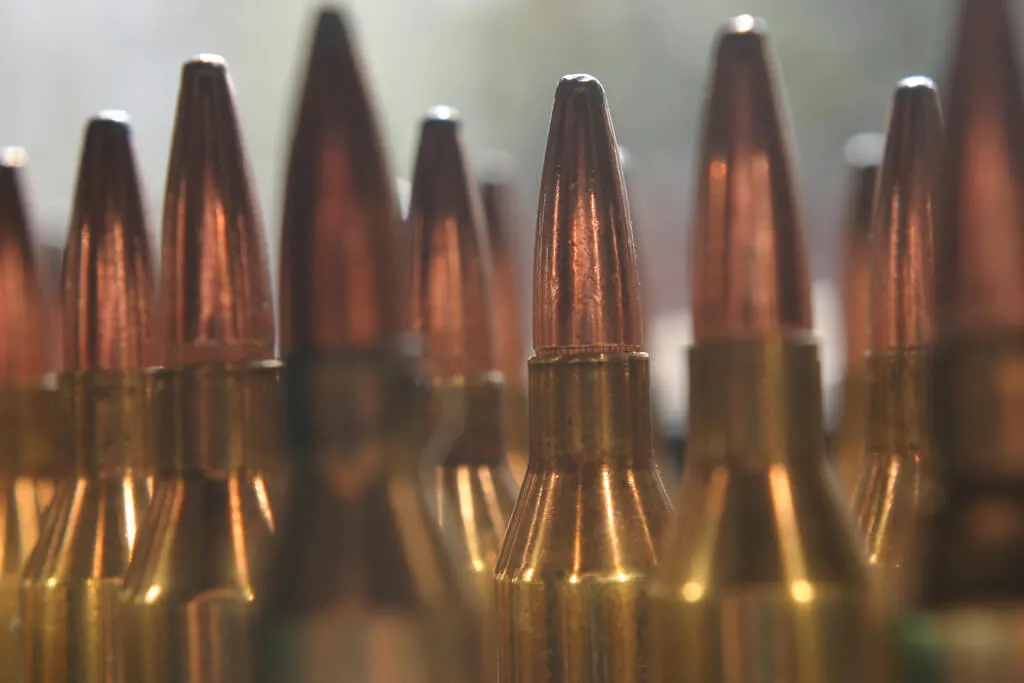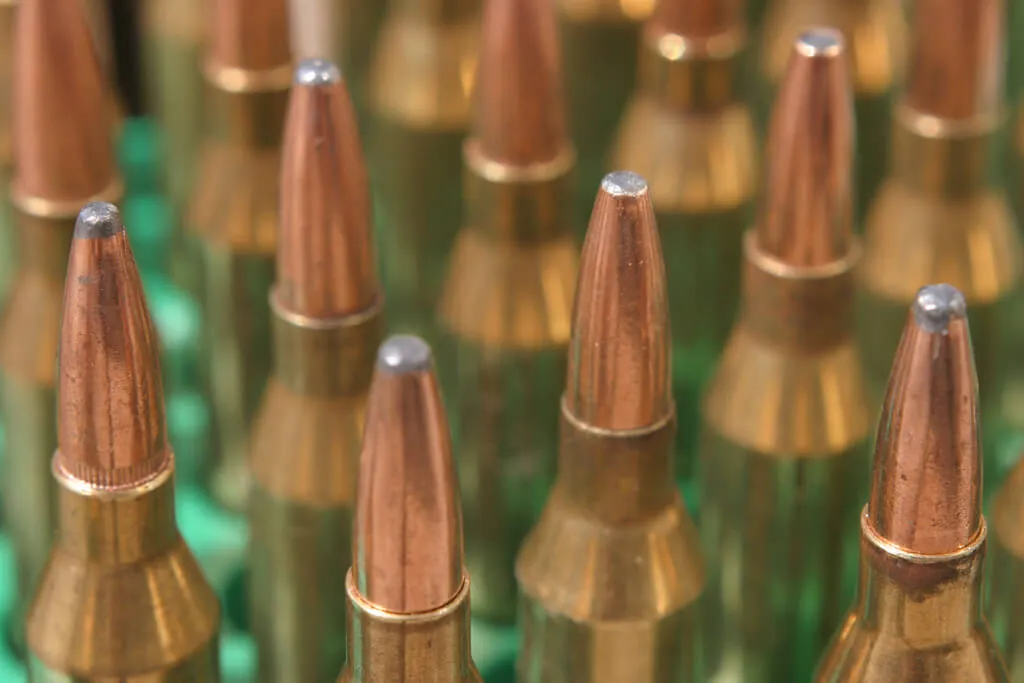The standard issue for sharpshooters was the Sharps breechloader although there were also mentions of a heavier target rifle used for long-range shooting, the target rifle of the 1860s period.
This article references Ned Roberts’s book from 1944 called The Muzzleloading Caplock Rifle. It’s great reading for more information on rifles and muzzleloaders.
During America’s formative years, target shooting was done for hunting training. Shooting at the mark was a training technique using a charred board with a piece of white paper fastened in the middle and as it got more competitive, people started doing turkey shoots or beef shoots. These are competitions for choice cuts of meat from a steer. For each cut, the shooters paid two shillings per round and shot one round at the target. The shooter who was closest to the center won and he got his first choice cut of beef.
In the late 1790s, the match rifle was manufactured with a heavy, full octagon barrel between 38″ and 40″ in length, full stocked, double set triggers and a tube sight (a basic tube with cross hairs and no lens). The purpose was to keep the shadows and glare off the sights to help the shooter. Because it shot a linen-patched round ball, the rifling twist rate was slow between 1:60 and 1:70, which was an effective spin for a round ball. Then in 1815, the introduction of the primer cap made things easier.
Ammunition was also evolving and in 1835, match rifles started shooting the picket or sugarloaf bullet, and while it also used a linen patch, it had a conical shape that gave a better range than the round ball. However, because of the shape, it wasn’t easy to get started down the barrel accurately. If the bullet nose did not align with the bore axis, one side of the bullet’s base would exit the muzzle before the other resulting in an uneven spin and decreased accuracy.
The straight starter was introduced to resolve this. The rifle’s barrel was turned down to round for the first 1-1 1/2 inches. Sometimes a slight hollow was turned into the end of the muzzle, and the bullet and patch were placed on the muzzle over the bore. The starter was machined to fit perfectly over the muzzle, and, on the end of the push rod, it also fit the bullet perfectly, so it wasn’t damaged when fired. With a slam of the fist, the bullet was rammed about 4-6 inches into the bore. The match rifles weighed between 9-15 lbs. and generally around .45 caliber. The rifling twist increased to 1:30 because the longer bullet needed a faster spin rate to stabilize.
The false muzzle was the next advancement and in 1840, the piece that was 1 1/2 to 2″ long was cut off the end of the barrel after cutting the bore and before cutting the rifling. Prior to cutting, from the muzzle end along the long axis of the barrel, four equidistant holes were drilled. After cutting, four pins were put in the holes and the false muzzle attached to the barrel. Then, the rifling was cut in both.
To provide a funnel for the bullet being loaded, the bore was reamed smooth at the other end and the false muzzle placed on the end of the rifle. The straight starter base went over that and finally the straight starter itself. This was all done to ensure the bullet goes into the rifle as straight as possible and also to protect the rifling at the true muzzle. During this time, paper patches (cross or strip patches) were used for accuracy instead of linen patches.
Cross patches are made using a special cross-shaped cutter for X-shaped piece of paper. The Strip style used several narrow strips of paper for an X pattern or three strips to make a star-shaped six-pointed pattern. The paper strips proved better accuracy than the linen because the bullet could fit the bore more closely.
Between 1835 and 1840, the invention of the telescopic rifle was first documented. Then over a decade later, William Malcolm from Syracuse, NY produced his sight from his own design. He learned from a telescope maker and incorporated achromatic lenses and refined the windage and elevation adjustments – they were between 3X and 20X or greater. These were also used during the Civil War.
In 1859, Mr. T. Spencer won the National Rifle Club’s first rifle meet. He achieved a string measurement of 54 inches for 50 shots, and an average of 1.08” from the center of the target at 220 yards, which was the competition range at the time. Details of the sight used are unknown, but that kind of shooting is of a high standard for back then and even for today.
However, the rifles were carrying more weight, so some handicapping had to be established. The standard rifle weighed 20 lbs and anything over would have 1/8″ per pound added to its 10-shot string. Anything under this weight would have 1/8″ per pound deducted from the string. They were using picket bullets, today known as conoidal-cylindrical. Some had a type of boat-tail like some of the modern target bullets we have today. So, the rifling was improving and getting faster and gain twists were nearing 1:12 at the muzzle.
When the Civil War happened, target shooting was already established as a precise science. While the Sharps breechloader was a good choice for loading speed and accuracy, stats show their accuracy doesn’t surpass that of the 1860’s target rifle, which is why they were a special service-issue with the Sharpshooters.
To end on an interesting note, after the Battle of Gettysburg, a photograph of a fatally wounded soldier with a Northern Target rifle was found in the area. Opinions differed from the rifle belonging to a Confederate soldier, while others say it was staged by the photographer who simply used an Enfield rifle because the sniper’s original rifle was blown away when he was killed. Nobody will ever really know.





